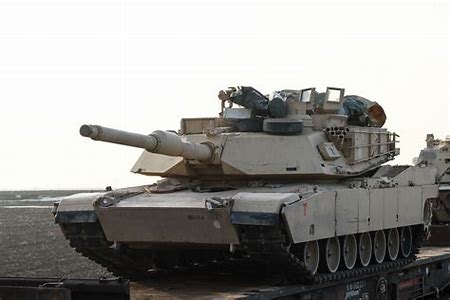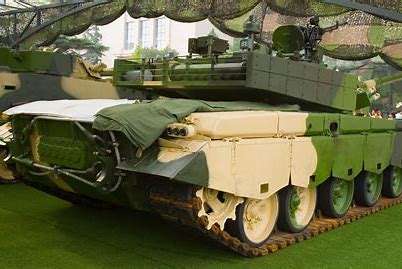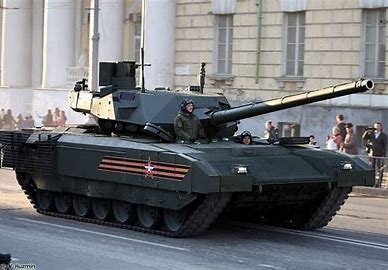
The U.S. Army is making a significant shift in its armored capabilities by canceling the M1A2 System Enhancement Package version 4 (SEPv4) and advancing towards the development of a leaner, more mobile M1E3 main battle tank (MBT). This move comes as a direct response to evolving battlefield conditions, influenced heavily by the lessons learned from the ongoing conflict in Ukraine.

Military technology enthusiasts have been tracking the Abrams tank’s continuous updates with keen interest. The new design aims to meet the demands of 2040’s warfare, focusing on agility and protection, especially against aerial threats such as drones, which have proven themselves as a new formidable force on the battlefield.

The transition to the M1E3 reflects a holistic approach to modern combat situations. The Army awarded General Dynamics Land Systems the contract to begin the preliminary design of the lighter variant, which is set to complement the M30 Mechanized Infantry Combat Vehicle, with the goal of fielding both vehicles simultaneously.

According to DefenseNews, “I think that there would be real goodness for the Army if M30 combat vehicles and M1E3 tanks could be fielded simultaneously to an [armored brigade combat team].”

One of the most significant challenges in the development of the M1E3 is reducing its weight to below 60 tons. This weight reduction is crucial, as the current models have reached upwards of 73 tons, a figure that poses logistical challenges and limits the tank’s maneuverability.

As reported by a defense industry source to Breaking Defense, “UAVs are the IEDs of the sky: It’s just a mobile IED.”

However, the ongoing war in Ukraine has exposed some of the vulnerabilities of the existing M1 Abrams tanks. Ukrainian soldiers have expressed concerns about the armor’s inability to withstand modern weapons and the threat posed by drones.

A crew member, known by the callsign Joker, told CNN, “Its armor is not sufficient for this moment. It doesn’t protect the crew.”

The Ukrainian experience with the M1 Abrams has demonstrated the need for active defense systems, as drones have altered the way warfare is conducted, limiting the movement of armored vehicles and creating new vulnerabilities.

Pentagon officials recognized these challenges and decided to pull the Abrams back from the frontline, but reports from the 47th Mechanized Brigade indicate that some are still in action, despite the issues that have arisen.

This reliance on advanced technology in warfare doesn’t stop at the U.S. shores. Russia’s T-14 Armata platform has been highlighted as a potential rival to the Abrams, featuring advanced weapons, protective systems, and an unmanned turret, posing a significant challenge to the U.S. Army’s mainstay.

Experts from the Center for Strategic and International Studies noted, “The current version of the Abrams tank — the M1A2 System Enhancement Program v2 Abrams — is a behemoth of a machine. Featuring steel-encased depleted uranium armor, the Abrams has been described as nearly indestructible.”

Nevertheless, the Abrams’ reputation for indestructibility has been challenged. Russia claimed it destroyed a U.S.-made Abrams tank after it was spotted by a recon drone, according to reports from Russian state media. This alleged incident underscores the significance of drones as surveillance and attack assets and their role in the destruction of even the most durable tanks.

The developments surrounding the M1E3 suggest a strategic evolution in U.S. armored vehicle design, focusing on a balance between protection and mobility to respond to the contemporary threats posed by both conventional and asymmetrical warfare, such as drones and anti-tank guided missiles.

The U.S. Army’s initiative to adapt and modernize its armored forces reflects the complex and ever-changing nature of military conflict in the 21st century, signaling a new era of combat vehicle development and deployment.
Relevant articles:
– The U.S. Army’s M1E3 Abrams Tank Is a Nightmare for Russia, The National Interest
– Soldiers in Ukraine say US-supplied tanks have made them targets for Russian strikes, cnn.com
– Russia says Ukraine lost an M1 Abrams tank after it was picked up by a pervasive threat making battlefield movements a nightmare, Business Insider
– TANK WARFARE: Russia Builds Platform to Rival the Abrams, National Defense Magazine
